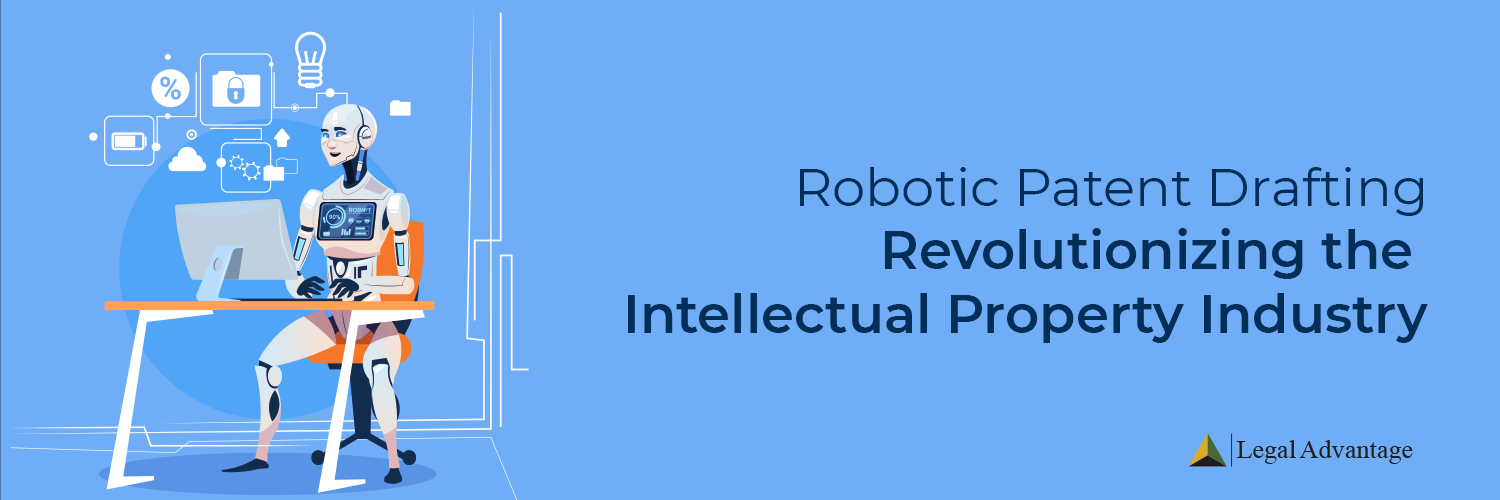Robotic Patent Drafting: Revolutionizing the Intellectual Property Industry
IThe landscape of intellectual property (IP) is evolving rapidly, and a significant factor behind this transformation is the integration of technology in patent drafting. Traditional patent drafting, a detailed and intricate process, is increasingly influenced by the advent of Robotic Patent Drafting. This blog delves into the world of Robotic Patent Drafting and its impact on the IP industry.
The Current Patent Drafting Process
Traditionally, patent drafting has been a labor-intensive task, requiring meticulous attention to detail and extensive legal knowledge. The process involves understanding the invention, conducting research, and carefully articulating the technical and legal aspects of the invention in the patent application.
How Robotic Patent Drafting Works
Robotic Patent Drafting utilizes artificial intelligence (AI) and machine learning algorithms to automate parts of the patent drafting process. This technology can analyze large datasets, identify relevant prior art, and assist in drafting patent claims and descriptions more efficiently than traditional methods.
Benefits for Attorneys
The integration of Robotic Patent Drafting offers numerous benefits for attorneys. It enhances efficiency, reduces the time spent on repetitive tasks, and allows attorneys to focus more on the strategic aspects of patent applications. This technology also increases accuracy in drafting, leading to a higher quality of patent applications.
Merging AI and Legal Expertise
Robotic Patent Drafting represents a synergy between AI technology and legal expertise. While AI provides speed and data processing capabilities, the nuanced understanding and decision-making skills of experienced attorneys are irreplaceable. This combination leads to a more robust and efficient patent drafting process.
Revolutionizing Patent Drafting with AI
AI’s role in patent drafting signifies a revolution in the IP field. Robotic Patent Drafting not only streamlines the process but also introduces new possibilities in terms of predictive analytics and risk assessment, potentially transforming how patents are drafted and managed.
Confidentiality Concerns
One significant concern with Robotic Patent Drafting is confidentiality. Ensuring that sensitive information remains secure while using AI tools is paramount. As technology advances, robust security measures are being implemented to safeguard intellectual property throughout the drafting process.
Conclusion
In the ever-evolving landscape of Robotic Patent Drafting, Legal Advantage is not just a participant but a trailblazer. Our relentless pursuit of integrating state-of-the-art technology into patent drafting sets us apart. We’re not only committed to adopting world-class strategies and functions; we’re also pioneering them.
Excitingly, Legal Advantage is currently in the process of developing a groundbreaking tool in the realm of Robotic Patent Drafting. This tool represents the pinnacle of our innovation, blending our extensive legal knowledge with the most advanced AI technology to offer an unparalleled patent drafting experience. While we are enhancing efficiency, our primary focus remains on ensuring the highest levels of accuracy and confidentiality.
Legal Advantage is committed to leading the charge in the technological evolution of the IP industry. As we continue to innovate, we ensure that our clients are always equipped with the best, most advanced tools and strategies to succeed. Join us on this path to innovation and excellence.


